Apple Watch 3 vs Apple Watch 2: A worthy upgrade?
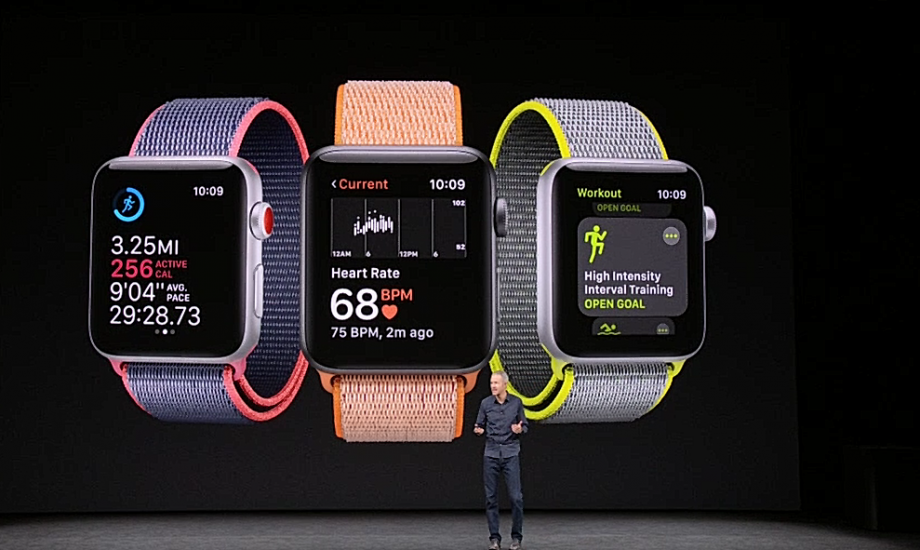
Apple Watch 3 vs Apple Watch 2: With Apple finally taking the covers off its new smartwatch, we look at what’s new and updated with the company’s latest wearable.
The move from the original Apple Watch to the Apple Watch Series 2 was considered by many as Apple finally finding a purpose for its wearable. Just like many of Apple’s recent new product categories, the first Apple Watch lacked refinement in certain areas but with its sophomore release, Apple improved many aspects of the watchOS operating system as well as bolstering the Apple Watch 2’s appeal with a GPS sensor and water-resistance, making it a great choice for fitness enthusiasts.
Related: Amazon Prime Day 2019
But was the move to the Apple Watch 3 as big a leap? Let’s find out.
Apple Watch 3 vs Apple Watch 2 – Design and display
Apple is one of a few companies still producing smartwatches with a non-circular display these days, with other manufacturers looking to ape more traditional timepiece designs. Unsurprisingly, Apple has stuck with a squared-off design, which is probably a relief to all of the watchOS developers out there.
Related: Apple Watch Series 3 vs Apple Watch Series 1
Not a great deal has changed in terms of the design. The Apple Watch 2 launched with a 38mm option with 272 x 340 resolution and a 42mm option with 312 x 390 resolution, which remains for the Apple Watch 3. Both models feature a 1000nits display, which means it is super bright and easy to read even under bright outdoor lighting.
The rotating crown once again makes a return, which has always been a great way to get round the problem of your finger obstructing the small display when interacting with the touchscreen. To more easily identify the new Apple Watch 3, the rotating crown is now a distinctive red if you opt for the more expensive cellular-enabled model (more on this below).

Apple is introducing a range of new straps for the Apple Watch 3, but these will also work with the older model. There’s also new premium Ceramic Grey option for the Apple Watch 3, which won’t be available for the Apple Watch 2.
Both models are still water-resistant to 50m, so great for swimmers or just anyone who doesn’t want to take their Apple Watch off to shower.
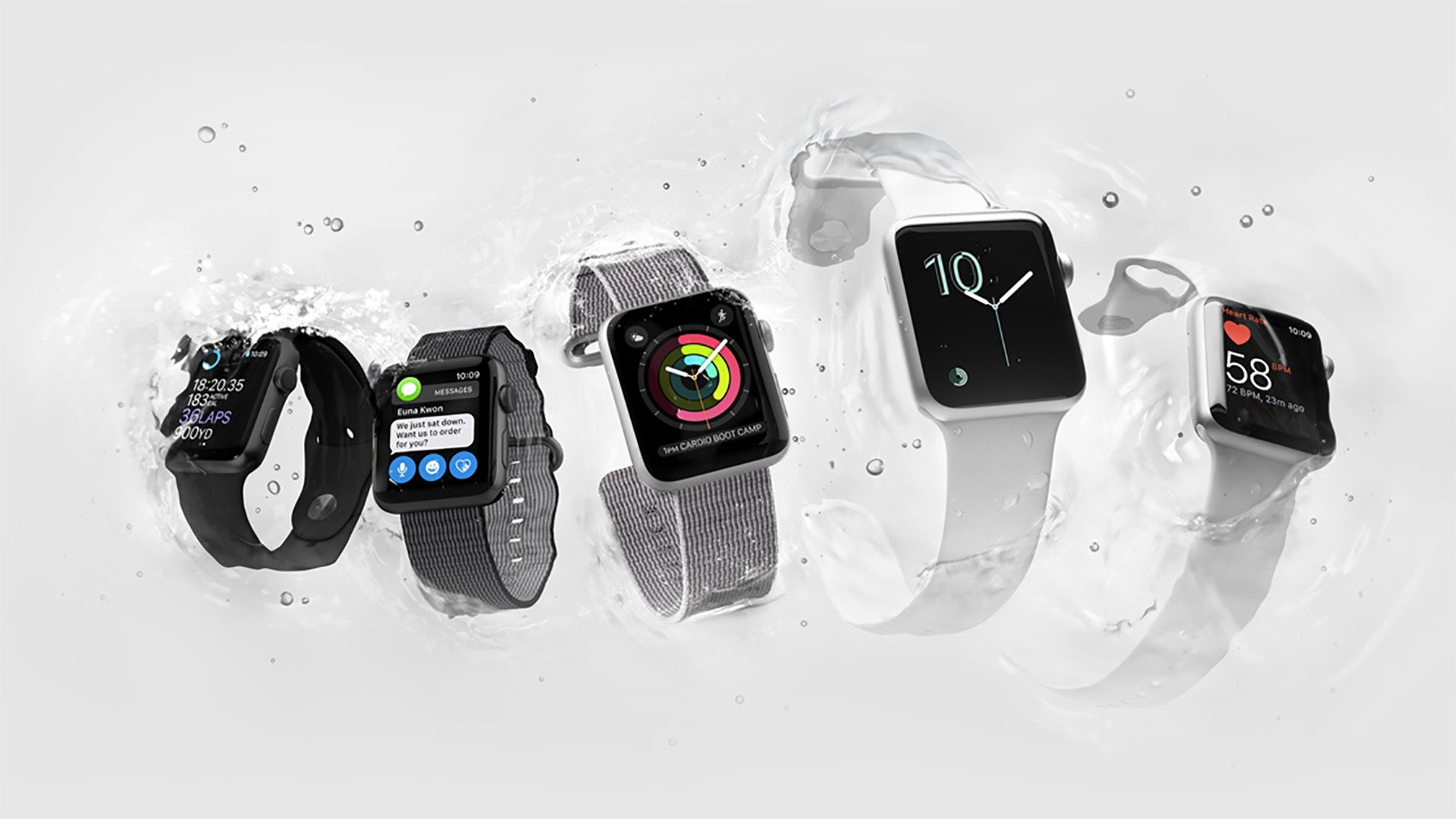
Apple Watch 3 vs Apple Watch 2 – Sensors and specifications
The Apple Watch 2 saw the debut of Apple’s new S2 dual-core wearable chipset, which brought with it improved performance as well as battery efficiency. The Apple Watch 3 improves on this further, a new S3 processor promises a further 70% performance increase over the S2. A new W2 chipset is dedicated to wireless connectivity, which promises 50% power efficiency improvements over the Series 2 and 85% performance improvements for Wi-Fi in particular.
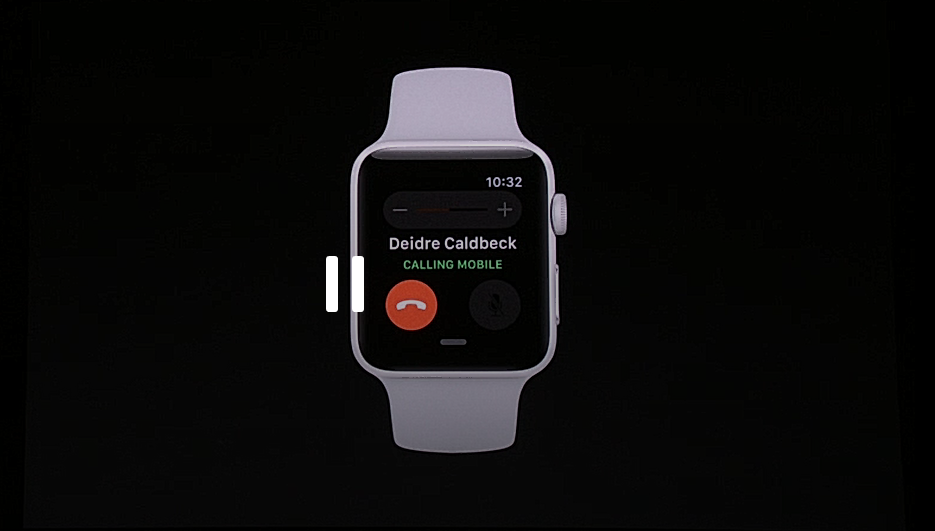
The big addition, however, is the inclusion of a LTE cellular antenna, which is cleverly built into the screen. Often, smartwatches incorporate these into the strap section that connects to the watch casing, making them slightly stiff and uncomfortable. The cellular connection means you’ll have always-on data and cellular access for calls and notifications, without the need for Wi-Fi or a Bluetooth connection to your iPhone.
The Apple Watch 3 will use an e-SIM, which cuts down on the size and also means your Apple Watch 3 will use the same phone number as your iPhone. One of the chief complaints about many LTE-enabled smartwatches today has been needing to have a separate phone number and contract for your wearable.
Related: Best Apple Watch apps
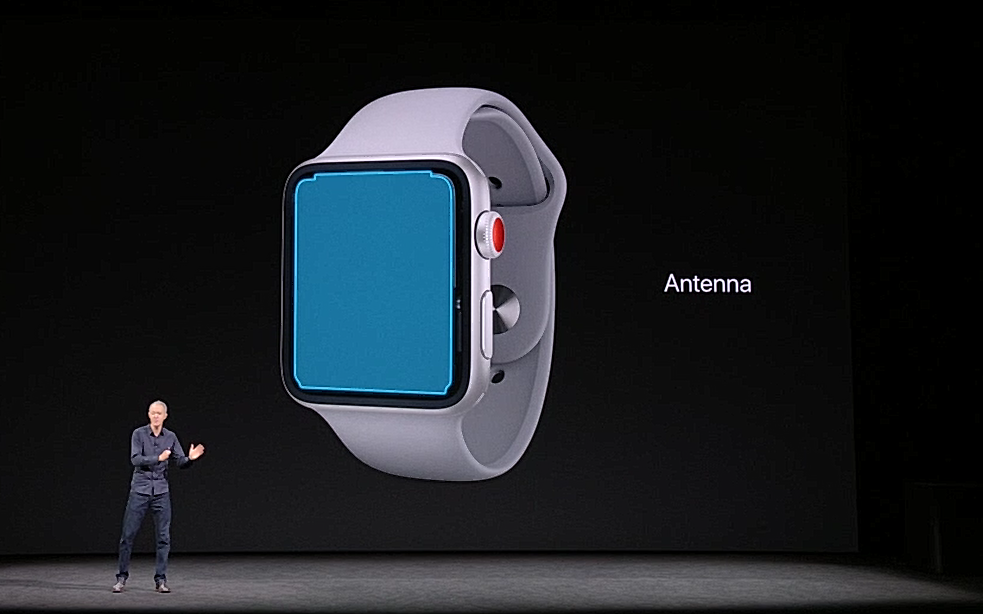
Inside the Apple Watch 2 and Apple 3 you can also find an accelerometer, a GPS sensor and a heart rate monitor round back. NFC is also onboard both with support for Apple Pay and GymKit.
Apple GymKit is a new integration that has recently rolled out in watchOS 4.1 onwards. This lets your Apple Watch communicate with compatible fitness equipment, such as treadmills and ellipticals, to exchange data between the two devices. This works in both directions, so whichever device has the most accurate or relevant information will share it with the other. So, for example, the treadmill can share its distance information with the Apple Watch, so all those miles are logged correctly in the Workout app.
[flaming id=”117″]
The Apple Watch in turn can share its heart rate data with the treadmill, alongside user details such as height, age and weight, so you don’t have to manually enter these on the treadmill. Simply tap your Apple Watch against the sensor and get going. It’s a really great way of logging all of that extra workout detail you might miss out on otherwise. Expect GymKit compatibility to roll out to more gyms over the next few months as Apple has worked with most of the big equipment makers.
The other big addition for the Apple Watch Series 3 is a barometric altimeter, which means it tracks elevation data. This is great for any outdoor activities such as cycling, skiing or running as it’ll track all of those difficult hill climbs or killer slopes. It’s also a great way to correlate the heart rate sensor against the actual effort and intensity of your exercise. While the graph might show your heart rate spike at a certain point, the elevation data might show you exactly why. Getting up those hills is seriously taxing, after all.
Even indoors, the barometric altimeter will be able to monitor the stairs you climb, which is a great motivator to opt for the stairs instead of the elevator. The Apple Watch 2 has to piggyback the altimeter in your iPhone, so you’ll truly be able to leave your phone behind with the Apple Watch 3.
Related: What is HIIT?
Both models of the Apple Watch will run the new watchOS 4 operating system, which brings with it a number of improvements. such as support for HIIT training, a new Heart Rate app and a proactive Siri watchface that delivers live information straight to your display.

Apple Watch 3 vs Apple Watch 2 – Battery life
The Apple Watch 2 saw impressive improvements to its battery life compared to its predecessor. It’s not uncommon to see more than 2 days from a single charge but Apple officially rates it at 18 hours. Apple has said this remains for the Apple Watch 3, regardless of if you opt for the cellular or non-cellular version.
Buy Now: Fossil Q Marshal Brown Leather Strap Smart Watch for just £139.99 – lowest price ever
Related: Best smartwatches
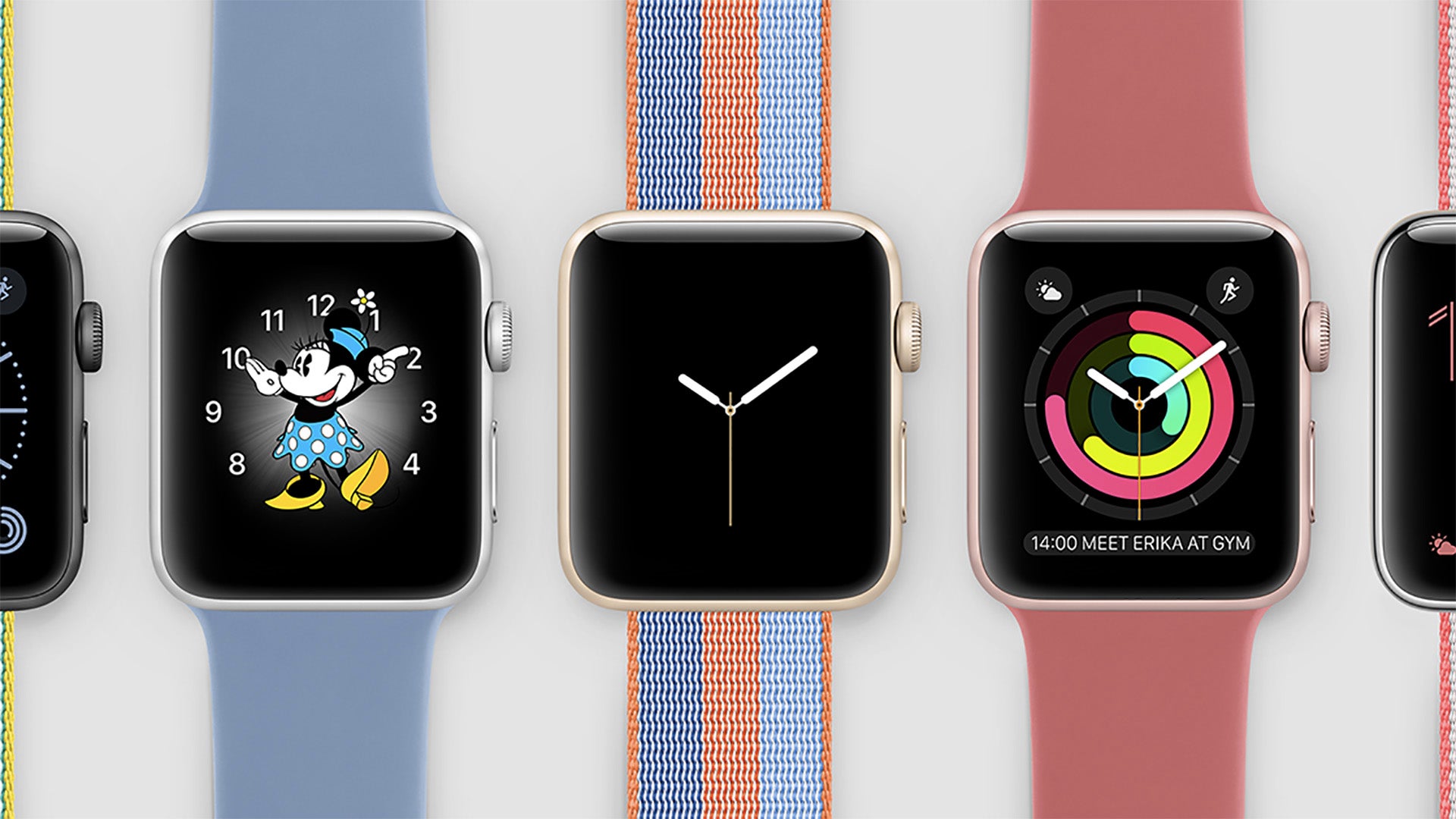
Apple Watch 3 vs Apple Watch 2 – Which is better value for money?
Apple has revealed the Apple Watch 3 will start at £329/$329 for the non-cellular model, rising to £399/$399 for the LTE-enabled model. That’s a decent discount from the non-cellular model if you don’t need the faster performance and altimeter and is cheaper than the entry-level Apple Watch 2’s launch price. If you want cellular connectivity, you only really have one choice and that’s to go for the top-of-the-range model. Expect the Apple Watch 2 to have a price reduction as retailers clear stock as it’s being discontinued. In the UK, for example, Nike is selling the Apple Watch 2 Nike+ for around £260.
Related: Best fitness trackers
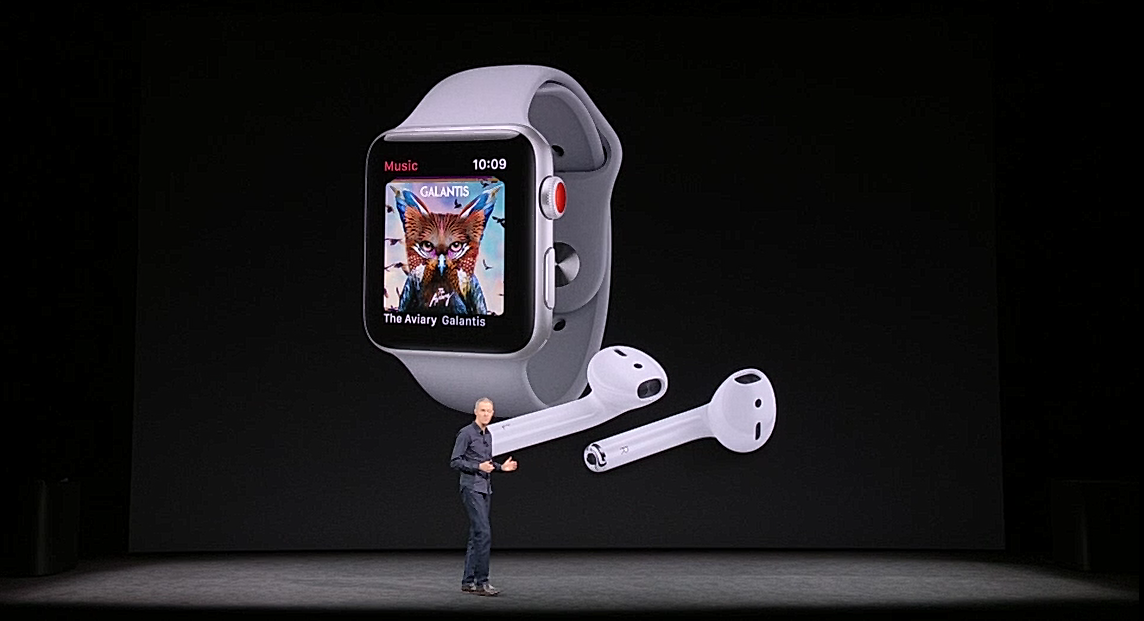
Apple Watch 3 vs Apple Watch 2 summary – What’s the difference?
For a quick breakdown of the key differences between the two smartwatches, here’s what you need to know.
Design: The design is almost identical, with only a tiny, fractional change in size. That’s impressive considering the Apple Watch 3 has a new LTE antenna and altimeter crammed inside. The Apple Watch 3 can be easily identified by its red digital crown.
Specs: The Apple Watch 3 promises 70% faster performance and 85% better Wi-Fi performance and 50% better wireless energy efficiency. It also includes an LTE cellular connection for the first time and an altimeter for elevation data during outdoor activities.
Battery life: Battery life is said to be the same between both models.
Price: The Apple Watch 3 will cost $329/£329 for non-cellular and $399/£399 for the LTE model. Expect the price of the Apple Watch 2 to fall below £300 as retailers clear stock.
Related: Apple GymKit
What do you think of the new Apple Watch 3? Let us know on Twitter or Facebook.


